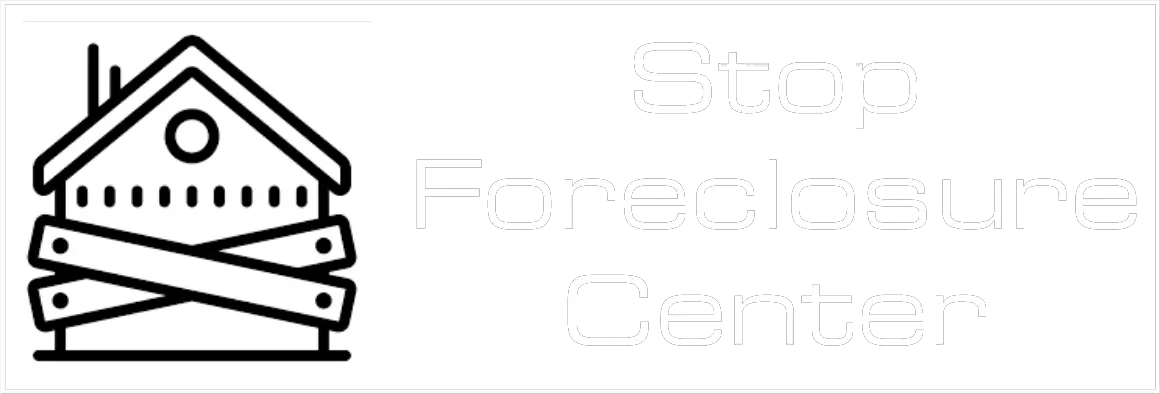If you’re a homeowner, the thought of facing foreclosure can be a nightmare. However, it’s crucial to recognize that foreclosure doesn’t happen overnight. There are warning signs along the way, and taking early intervention steps can help you avoid the worst-case scenario.
In this article, we’ll explore the pre-foreclosure process in detail, focusing on the early warning signs and the steps you can take to prevent foreclosure. Let’s dive in.
Understanding Pre-Foreclosure
What is Pre-Foreclosure?
Pre-foreclosure is the initial stage of the foreclosure process when a homeowner is at risk of losing their property due to mortgage default. It’s essential to understand the distinction between pre-foreclosure and foreclosure itself.
During pre-foreclosure, the homeowner still has the opportunity to resolve the financial issues and keep the property. However, if the issues are not addressed, it can lead to foreclosure, which means the property will be sold at auction to satisfy the outstanding debt.
The Timeline of Pre-Foreclosure
The pre-foreclosure process follows a specific timeline, and understanding it is crucial to take appropriate action. Here’s an overview of the key stages involved:
- Missed Payments: The pre-foreclosure process typically begins when a homeowner misses one or more mortgage payments.
- Notice of Default (NOD): After missed payments, the lender may issue a Notice of Default (NOD), informing the homeowner of their intention to start foreclosure proceedings.
- Opportunity to Cure: Homeowners usually have a period to cure the default, which means bringing the mortgage payments up to date.
- Auction Sale: If the default is not cured, the property may be scheduled for auction, and the homeowner will lose ownership rights.
Early Warning Signs
1. Missed Mortgage Payments
One of the earliest signs of pre-foreclosure is missing mortgage payments. It’s essential to recognize the significance of missed payments and look out for these warning signs:
- Payment Frequency: Consistently missing payments or making partial payments can indicate financial distress.
- Pattern of Delinquency: Frequent or prolonged missed payments can trigger lender action.
2. Notice of Default (NOD)
Receiving a Notice of Default (NOD) is a critical warning sign. Here’s why it matters:
- Legal Implications: The NOD marks the formal beginning of the foreclosure process and becomes a part of public records.
- Time Limit: Homeowners usually have a specific period to resolve the default after receiving the NOD.
3. Financial Hardship
Financial hardship is a common trigger for pre-foreclosure. Recognize the signs of financial distress, including:
- Job Loss: Sudden unemployment or reduced income can lead to financial difficulties.
- Medical Expenses: High medical bills can strain finances.
- Divorce or Separation: Changes in marital status can impact the ability to pay the mortgage.
4. Property Condition Deterioration
Property neglect can be both a cause and a consequence of pre-foreclosure. Look for visible signs of deterioration, such as:
- Maintenance Neglect: Overgrown lawns, peeling paint, and unrepaired damage.
- Abandoned Properties: Vacant homes may attract vandalism and further deterioration.
Intervention Steps
5. Communicating with Your Lender
Open communication with your lender is vital when facing pre-foreclosure. Here’s why it matters:
- Understanding Options: Lenders can provide information on available alternatives and repayment plans.
- Negotiation: Negotiating with your lender can lead to more manageable terms and avoid foreclosure.
6. Loan Modification
Loan modification can be a lifeline for homeowners in pre-foreclosure. Here’s what you need to know:
- Definition: A loan modification is a change in the terms of your mortgage to make it more affordable.
- Eligibility: Criteria for eligibility and the application process.
7. Short Sale
Consider a short sale as an option to avoid foreclosure:
- Explanation: A short sale involves selling your home for less than the remaining mortgage balance.
- Steps: The process of completing a short sale transaction.
8. Deed in Lieu of Foreclosure
A deed in lieu is an alternative to foreclosure. Here’s why it’s worth considering:
- Definition: Deed in lieu involves transferring ownership of your property to the lender to satisfy the debt.
- Process: The steps involved and implications for both parties.
9. Foreclosure Avoidance Programs
Government and nonprofit programs can provide assistance to homeowners in pre-foreclosure:
- Overview: Explore available programs and their objectives.
- Access and Application: How to access and apply for foreclosure avoidance assistance.
Conclusion
Pre-foreclosure can be a challenging and stressful situation, but it’s essential to recognize the warning signs and take early intervention steps. Learning the pre-foreclosure process, identifying early warning signs, and knowing your intervention options can increase your chances of avoiding foreclosure and finding a positive resolution to your financial difficulties. Remember, seeking professional advice is often crucial in navigating pre-foreclosure successfully.

